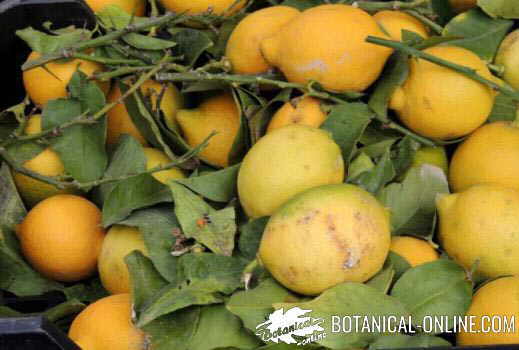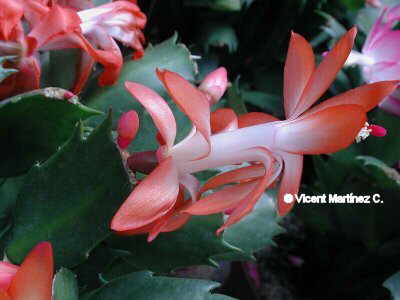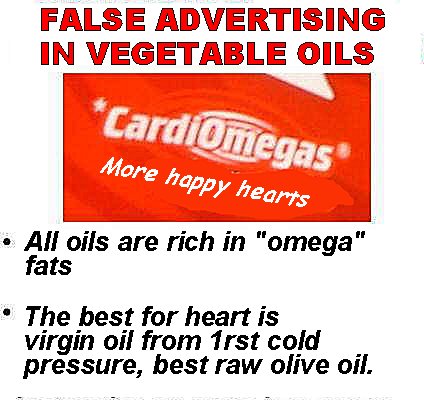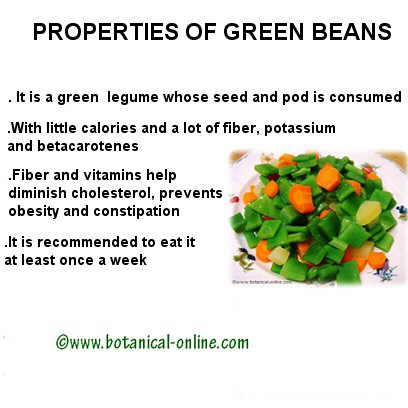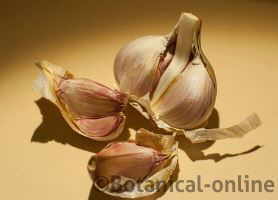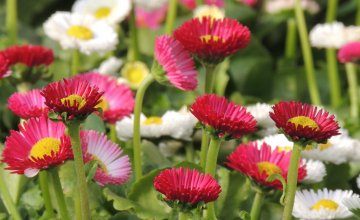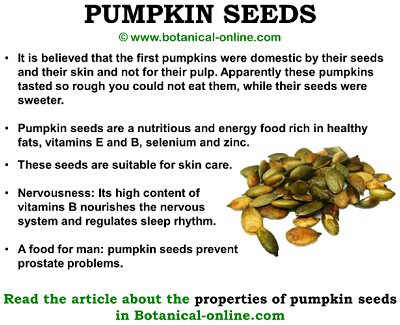Contents
What is compost and how is it produced?
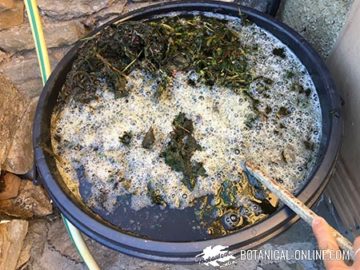
Compost is a natural fertilizer formed by a process called composting in which the remains of organic matter undergo a bacterial transformation that converts these waste into fertilizer for plants.
Among the main elements that can be used for the production of this type of fertilizer we can mention the following: plant food remains (fruits, vegetables, tubers, etc.), plant remains (leaves, tree branches from pruning, nettles, etc.) and animal manure (pig manure, cow manure, horse manure, rabbit manure, chicken manure, etc.).
Types of composting
There are two types of composting:
- Cold composting: It is the traditional composting that consisted in the piling of plant residues from tree cultivation (branches, leaves, etc.). This type of composting did not present a very high temperature increase, which prevented the appearance of bacteria or fungi in the right quantity so that changes in matter could occur quickly. Normally it took a year to produce this type of compost.
- Hot composting: It is produced in that type of compost to which other vegetable matter or animal manure, richer in nitrogen, are incorporated, which produce the necessary conditions for the action of fungi or bacteria. All of this generates changes that produce heat. As a consequence of this rise in temperature produced by the decomposition process itself, after a period of cooling and rest, there is a rapid transformation of the physical characteristics of the elements that are transformed into materials that can be used by plants. For these remains to be transformed into compost, adequate humidity and heat conditions must be maintained. At the same time, it must be provided with adequate oxygenation, for which the mixture must be stirred from time to time. There are special devices on the market called composters, which allow natural aeration without having to stir the mixture.
How is composting done?
The composting process always consists of the transformation, by microorganisms, of organic principles (compounds present in the raw material of the compost, such as proteins, carbohydrates, etc.) into inorganic components (such as nitrogen, phosphorus or potassium).
This process is crucial, since plants can only assimilate nutrients in inorganic form.
What are the conditions necessary for composting?
For the formation of quality compost, the following conditions must be taken into account:
- Adequate heat: The temperature should be maintained between 15 and 45ºC during the mesophilic phase, which is the most optimal phase for most microorganisms, and between 45 and 70ºC during the thermophilic phase. During this heat phase, most of the microorganisms disappear because they cannot resist the high temperatures. Only thermophilic bacteria can withstand. In turn, these disappear by consuming most of the available oxygen. Subsequently, the cooling period occurs, in which a series of decomposers (mainly beetles and worms) act to transform cellulose. Finally, the longest period remains at room temperature.
- Adequate oxygen: Adequate oxygenation is necessary for the proper functioning of composting. When oxygen is lacking, malodorous emanations of methane, hydrogen sulfide or ammonia appear, produced by anaerobic microorganisms. This is either because too much hot material has been introduced or because the mass is too concentrated. The methanation process delays the formation of compost and promotes bad odor.
How to control the composting or fermentation process
When these unpleasant odors are detected, it is advisable to add cold matter and mix it with the rest to activate oxygenation. A fresh smell is a good indication that the compost is working properly.
During these processes, alterations can occur such as the cooling of the mass in the phase that should be hot. This is determined by the lack of humidity, which prevents microorganisms from functioning properly. The addition of green plant matter or spraying with water allows the process to be activated again.
Worms can be added to the pile to speed up decomposition. These can be found directly underground in humid places, or you can turn to companies that are responsible for breeding them.
Proper mix and size of the elements that make up compost
- Adequate mix: The mixture of the components must be adequate so that the decomposition process follows normal channels. An ideal mixture would be one that combines 70% carbon-rich elements (this appears in all plant debris, especially in those considered cold, which are brown in color – leaves or branches) with 30% nitrogen-rich elements (this is especially abundant in manure and plant remains considered hot, which are those that are green in color).
- A bad combination can be responsible for bad putrefactions, which causes unpleasant odors. For example, the typical smell of rotten eggs is caused by excess of hot materials. The addition of cold materials to the mixture may solve the problem.
- Proper size of the elements: It is advisable that the elements that are incorporated into the compost are small to facilitate their decomposition. This is especially important in the case of tree branches that, if they are very large, would slow down the process. To crush the elements, there are a series of machines on the market, called brushcutters, that can facilitate the process.
![]() More information on ecological fertilizers
More information on ecological fertilizers

